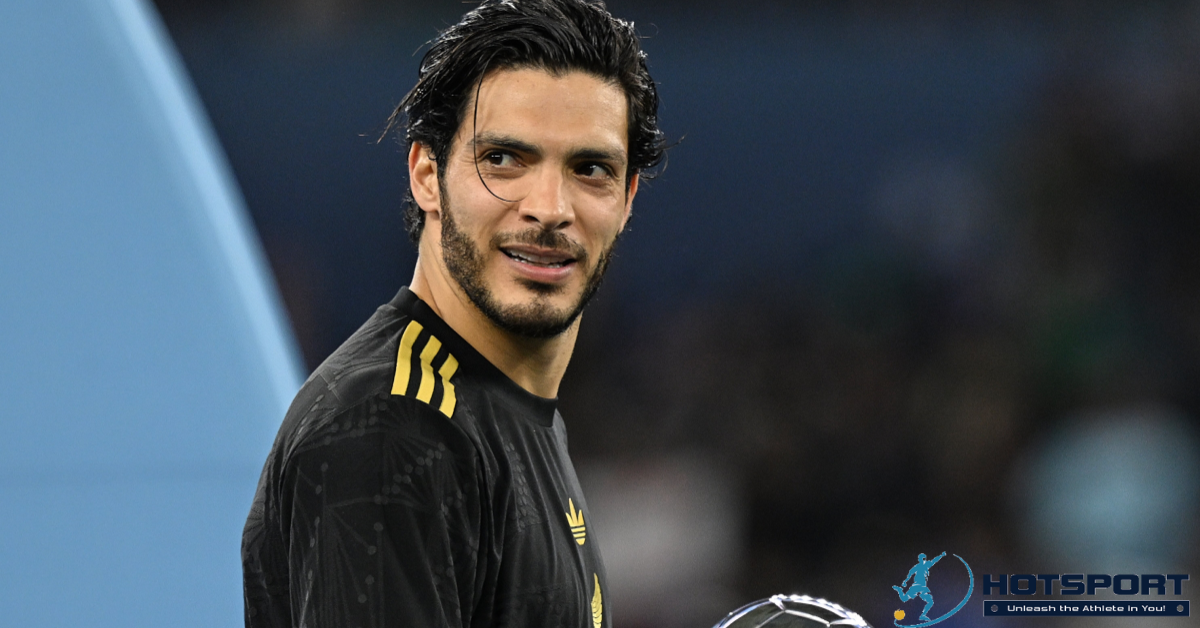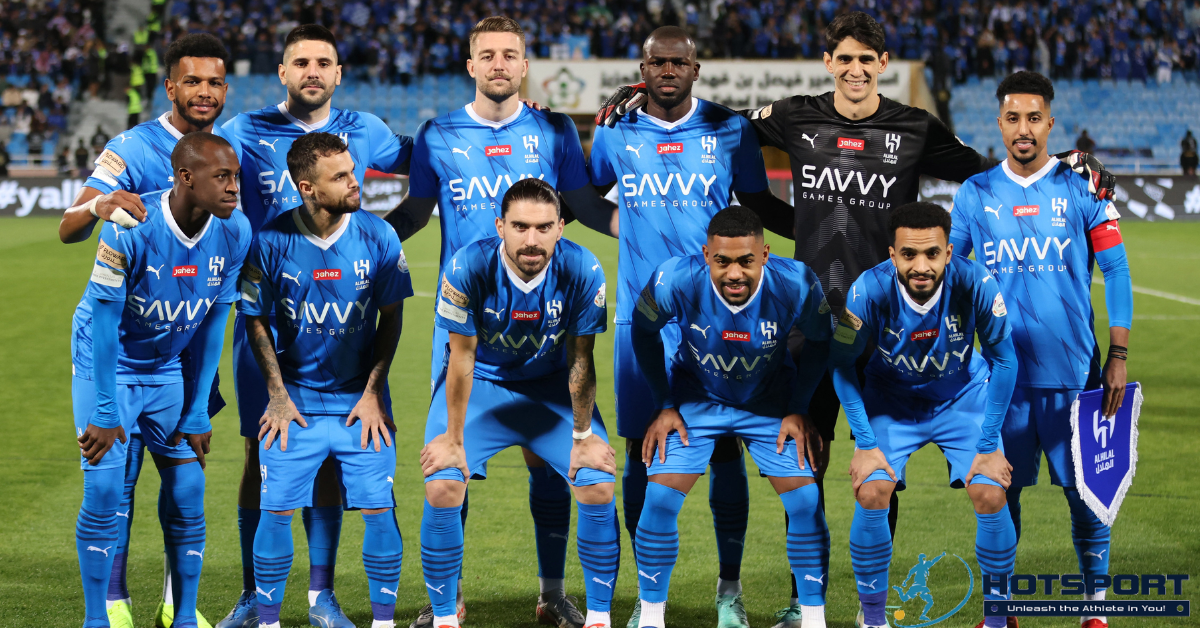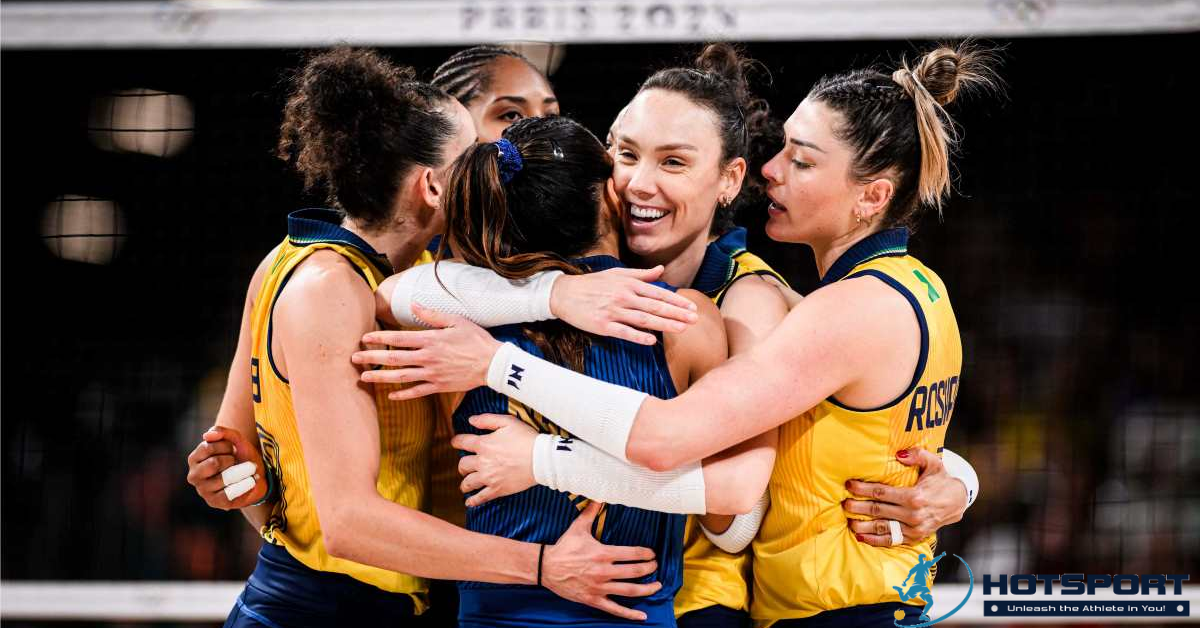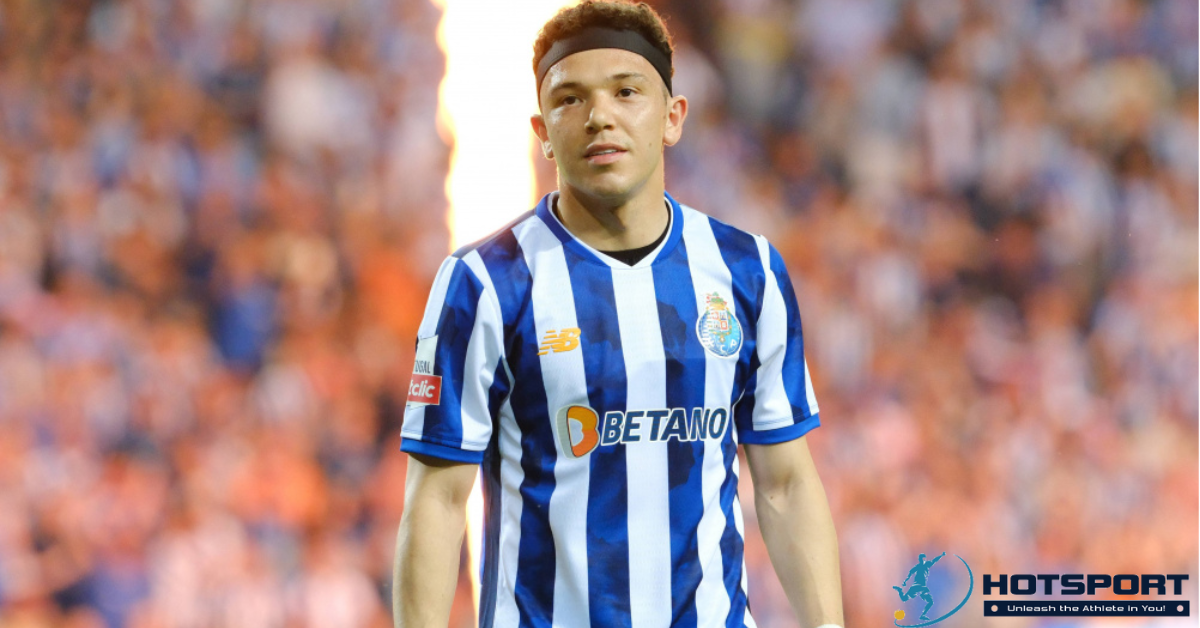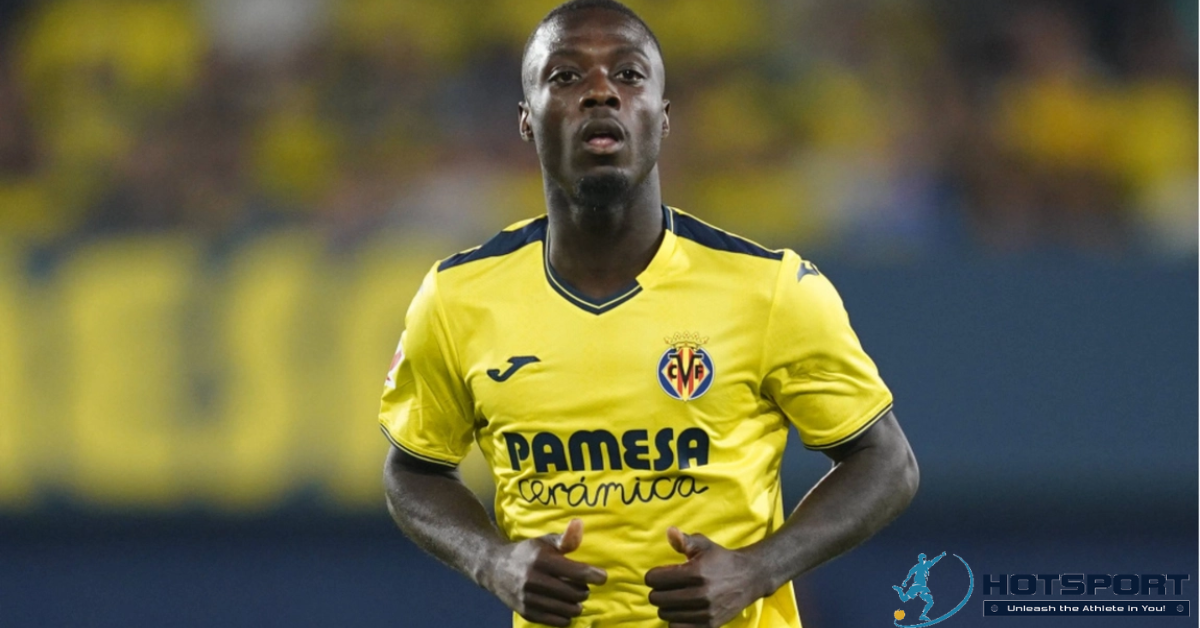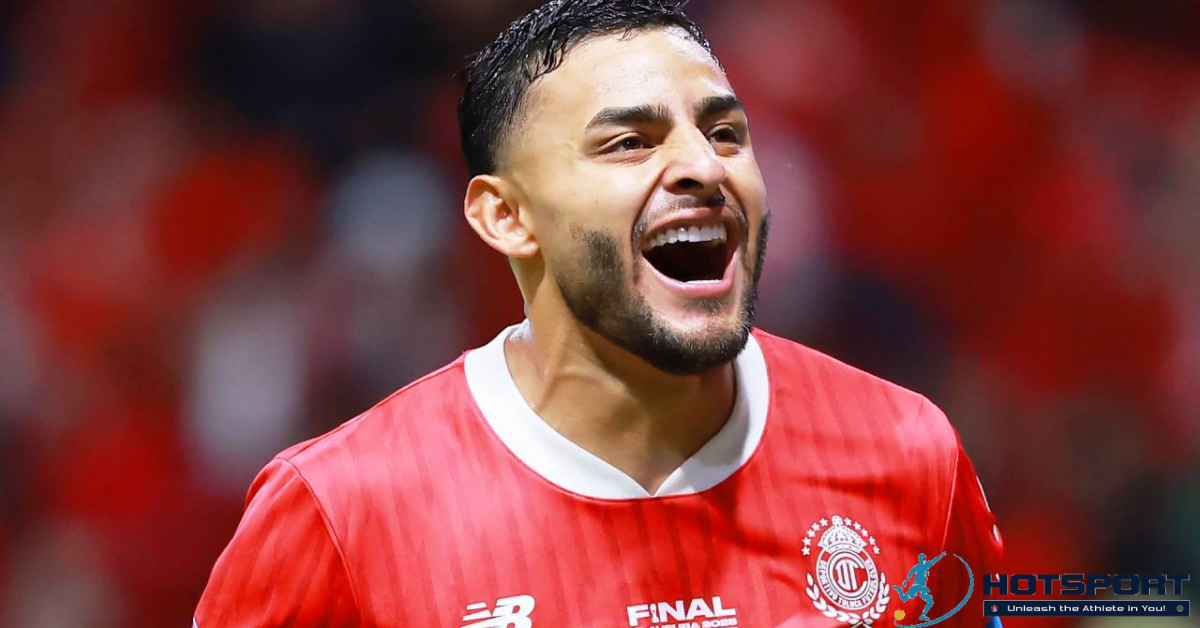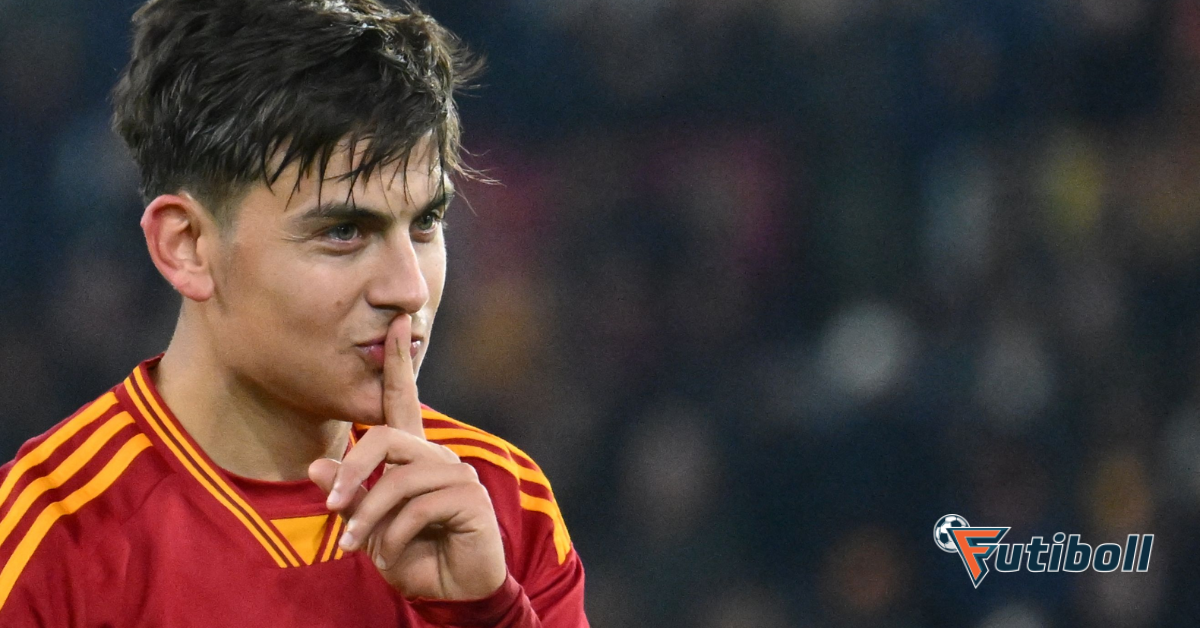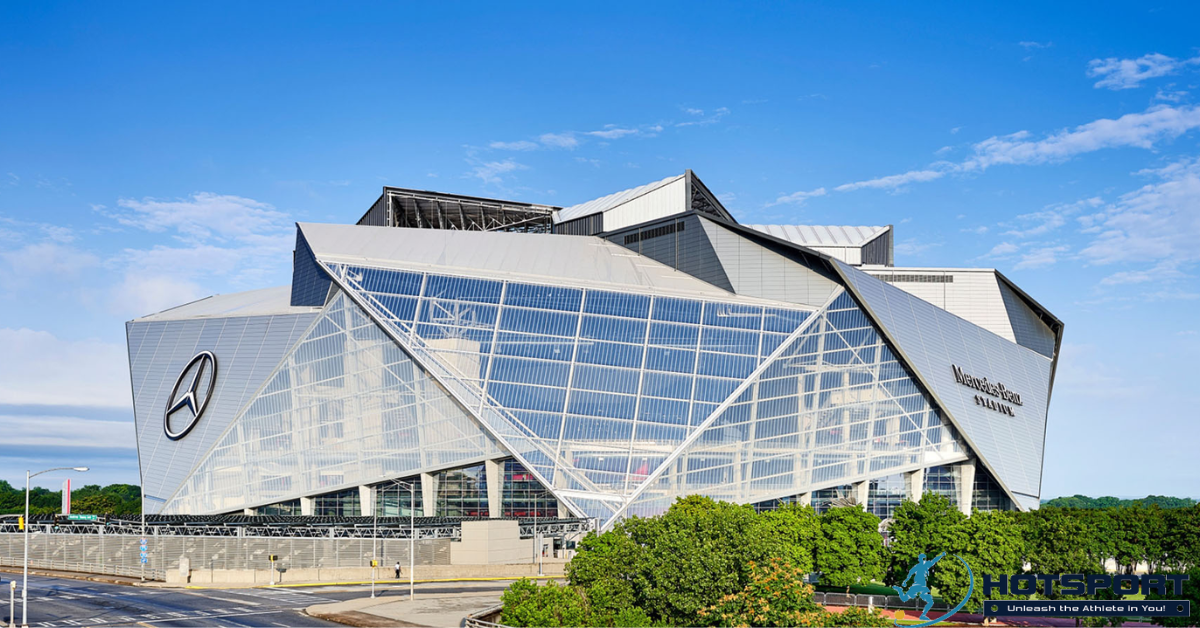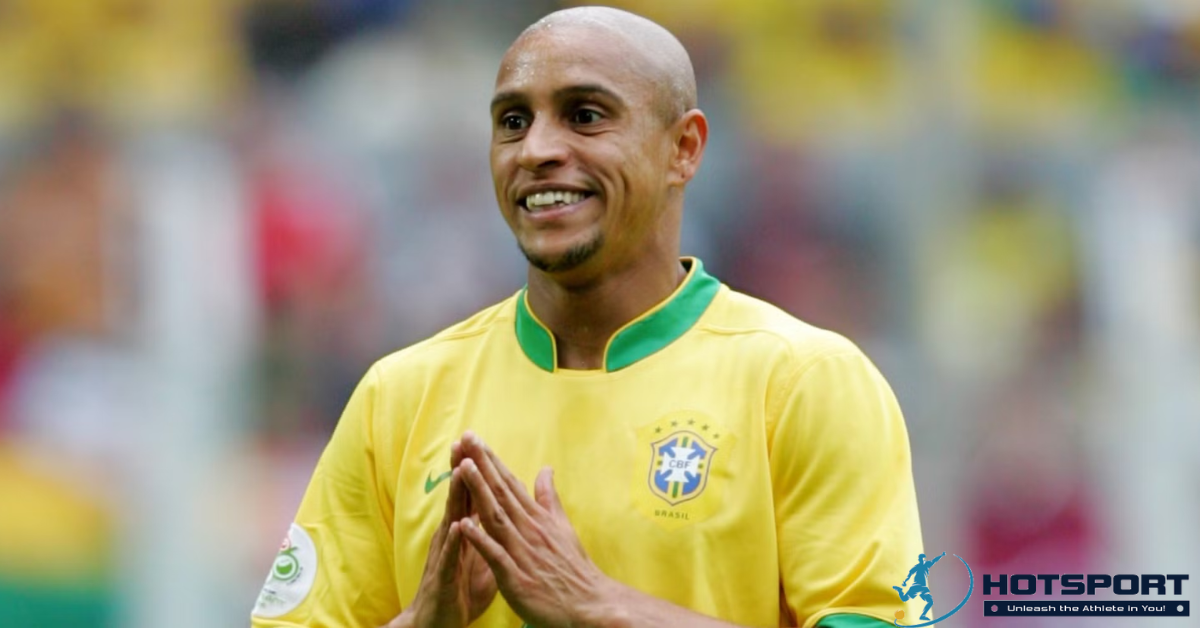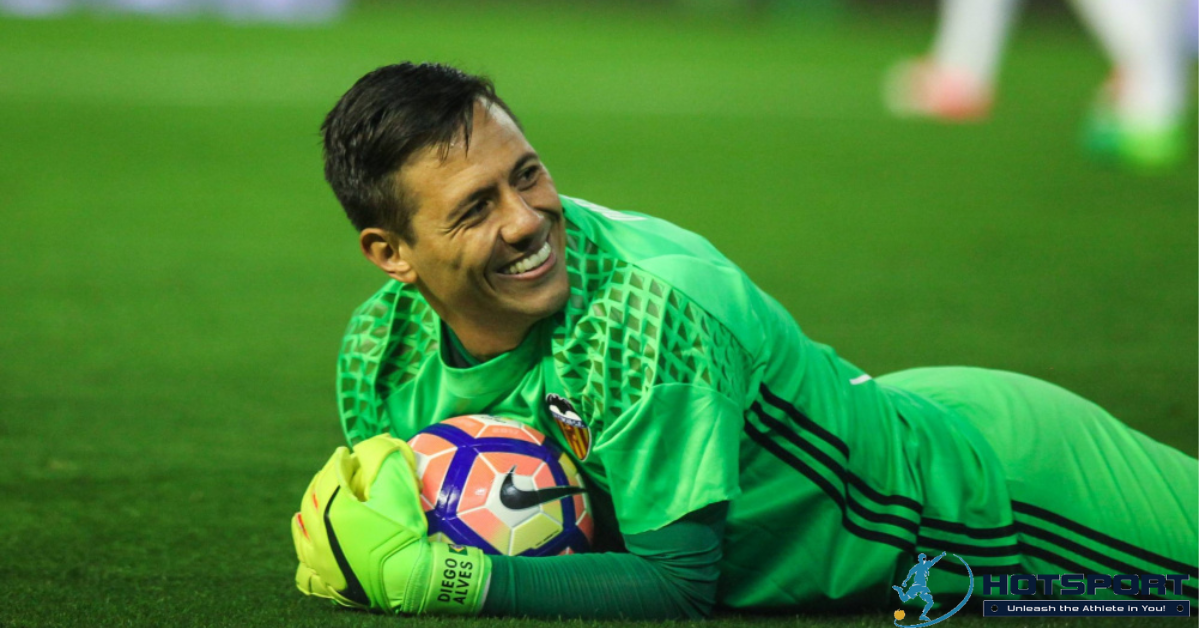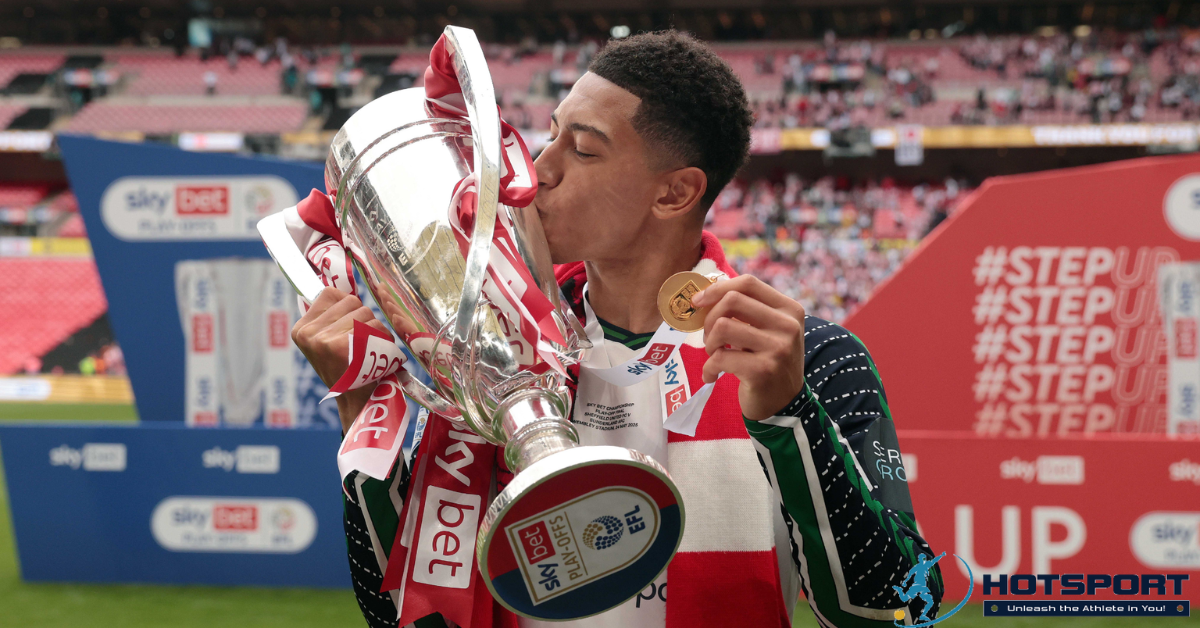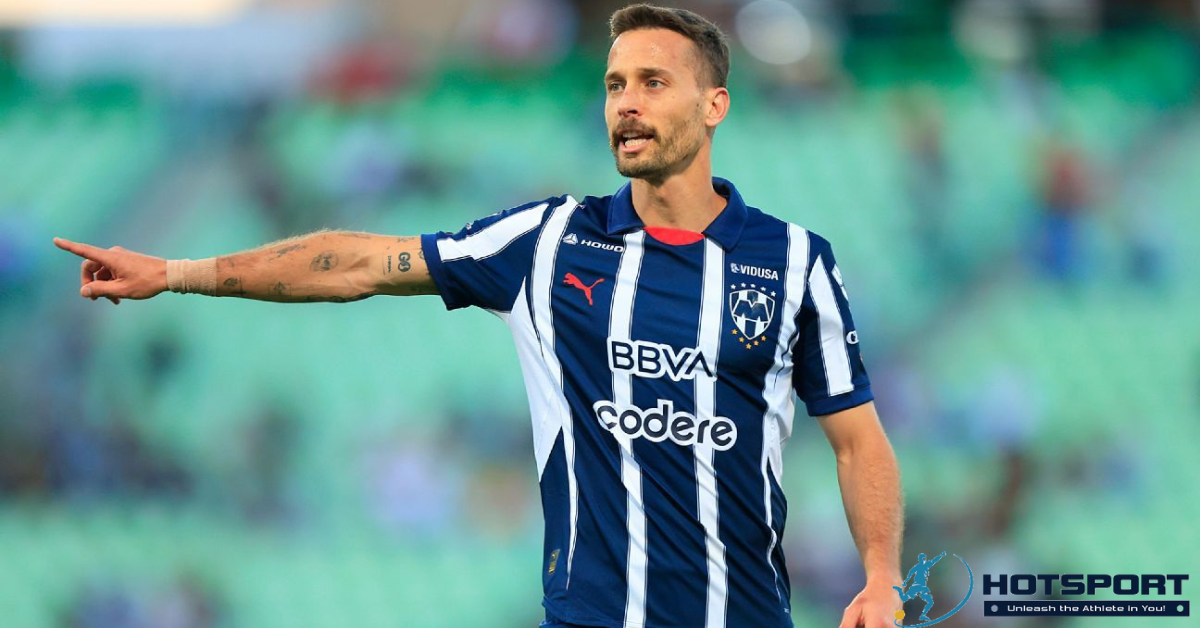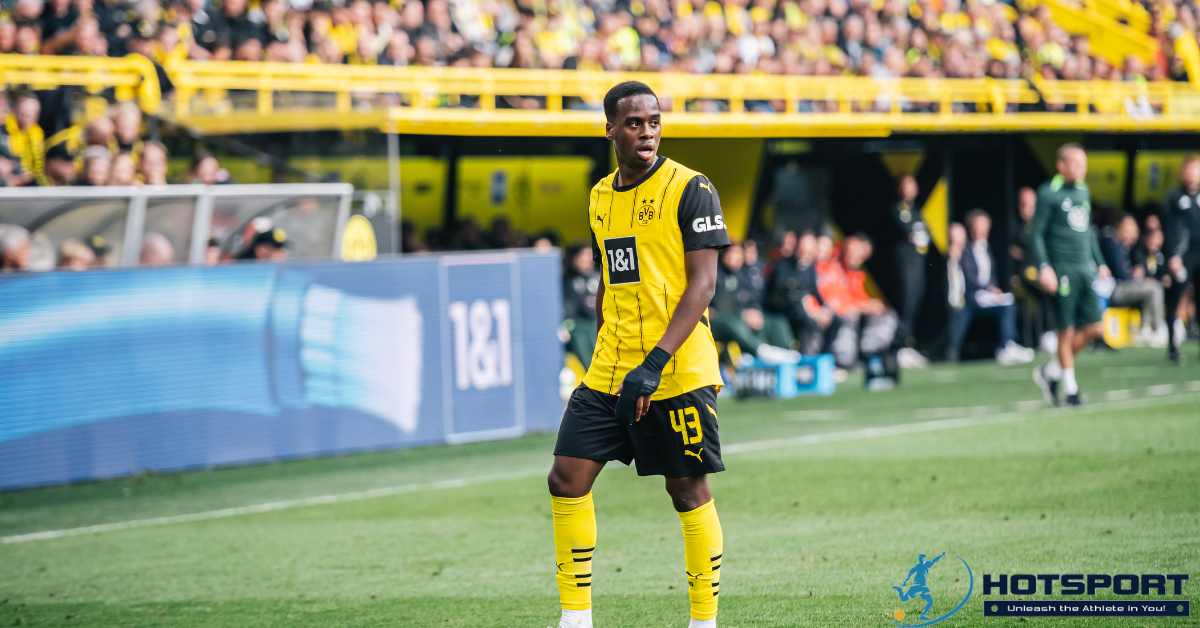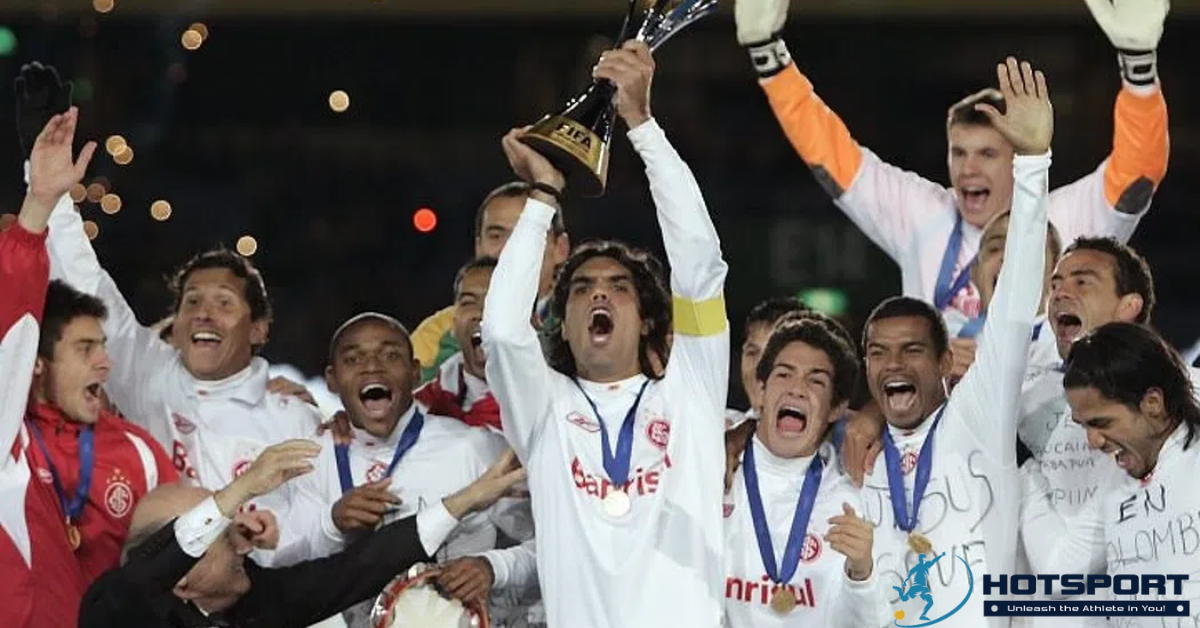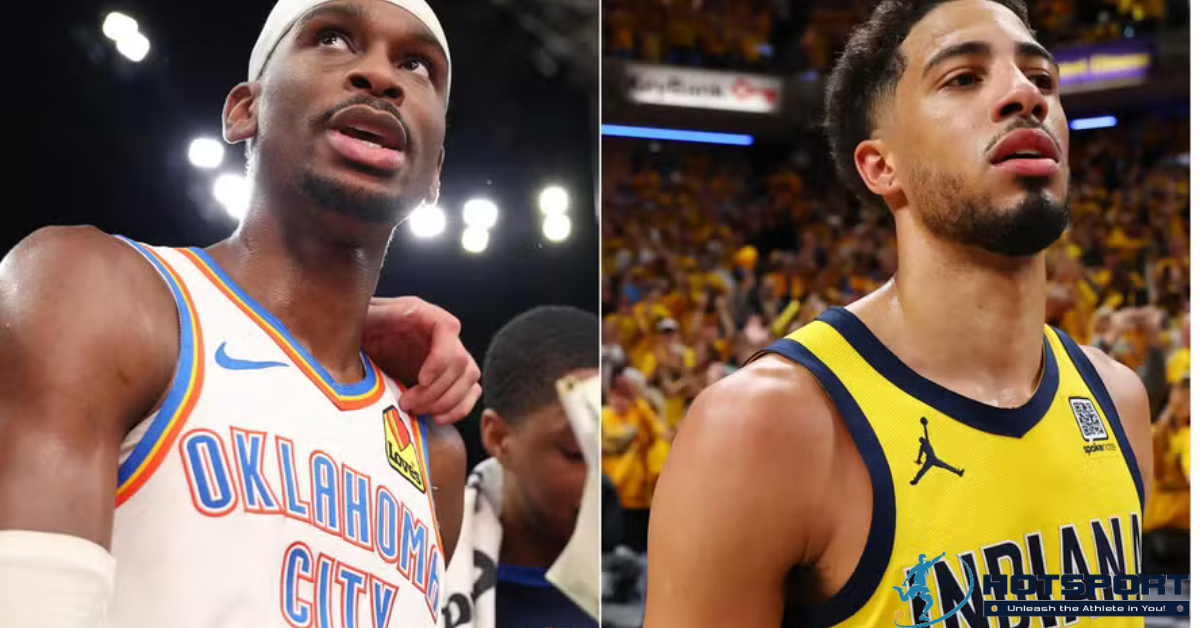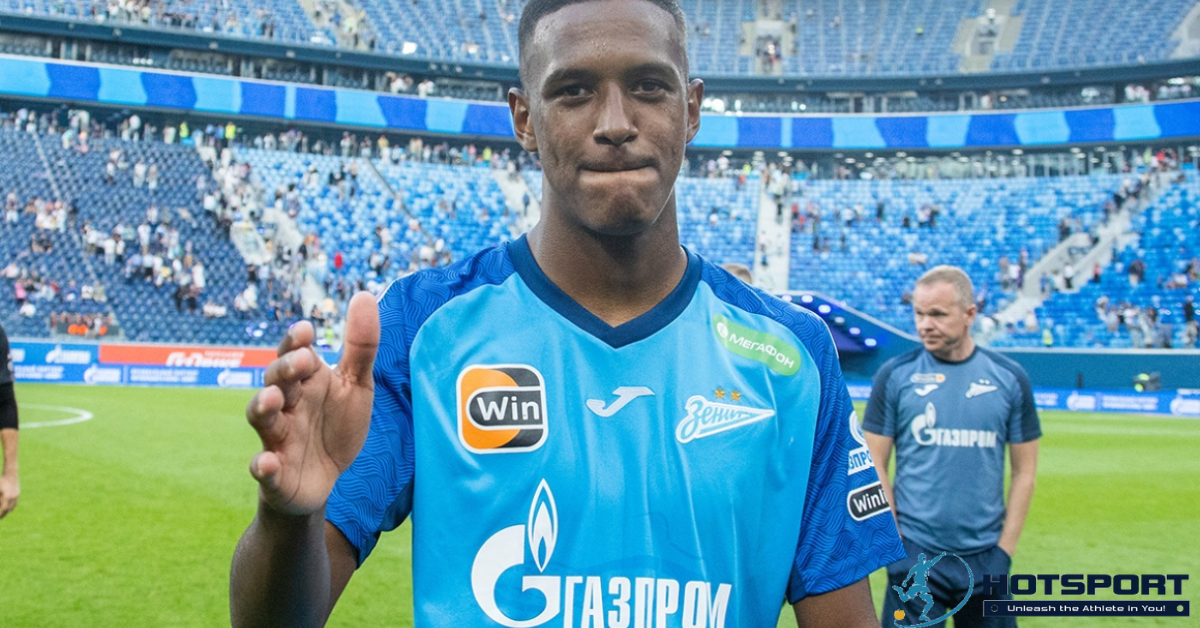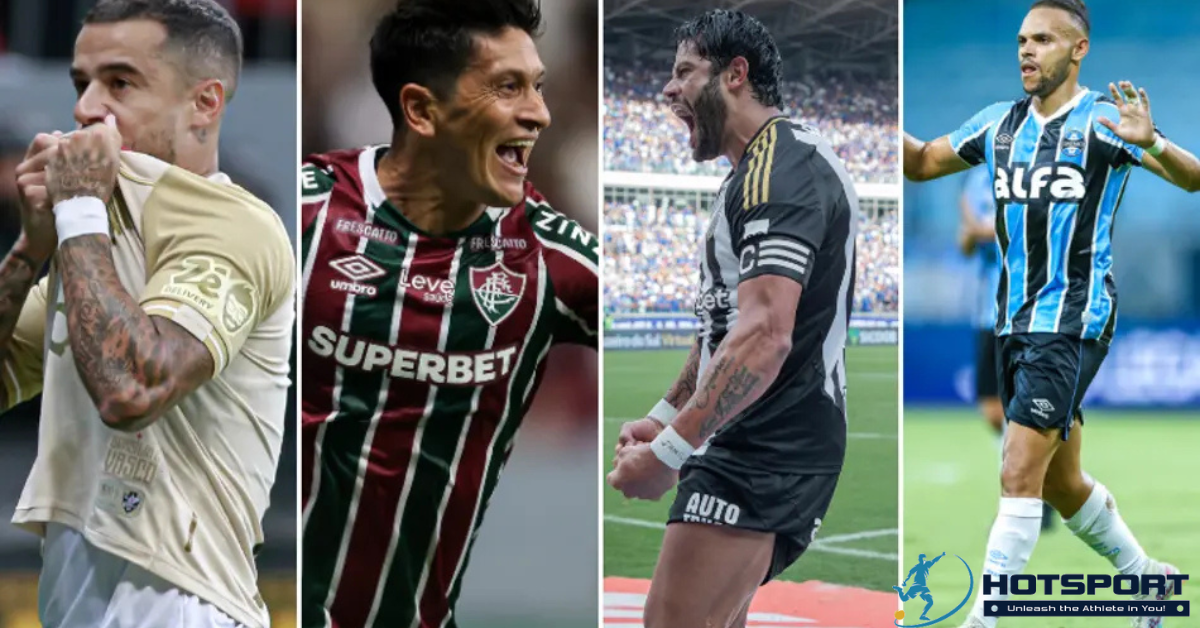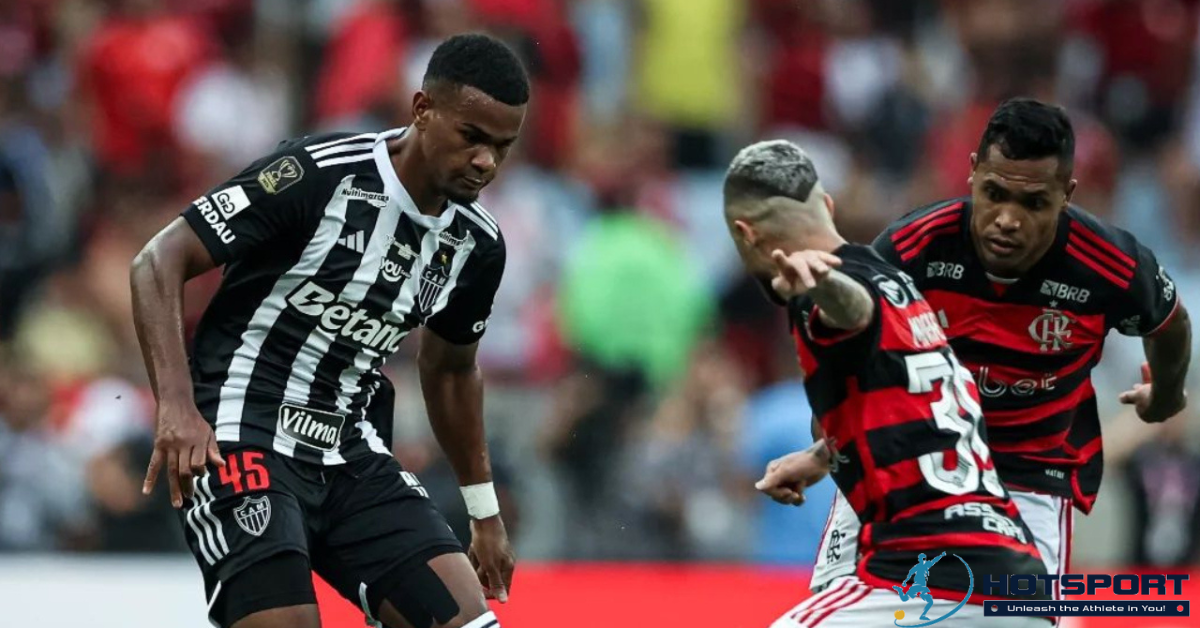Raúl Jiménez: The Journey of a Mexican Football Icon
Raúl Alonso Jiménez Rodríguez, known simply as Raúl Jiménez, is one of the greatest names in Mexican football today. Born on May 5, 1991, in Tepeji del Río, Hidalgo, Mexico, Jiménez has won the hearts of fans worldwide with his skill, resilience, and passion for the sport. As a forward for Fulham FC in the Premier League and the Mexican national team, he has established himself as an elite player, overcoming adversity and leaving a lasting legacy. This article explores Raúl Jiménez’s journey, from his early days in football to his rise as one of Mexico’s greatest strikers in Europe.
Childhood and First Steps in Football
A Passion from an Early Age
Raúl Jiménez was born into a football-loving family. Even before he could walk, he showed a fascination with a ball, kicking it with childlike enthusiasm. Growing up in Tepeji, a small town in Hidalgo, provided Jiménez with a close-knit community where sport was a shared passion. His family supported him from the start, recognizing his talent and encouraging him to pursue his dream of becoming a professional footballer.
Joining Club América
At age 10, Jiménez began playing at the Cooperativa Cruz Azul football school, where he stood out for his goal-scoring prowess. After his family moved to Mexico City, he joined the youth academy of Club América, one of Mexico’s most prestigious clubs, in 2008. His dedication and skill saw him rise quickly through the ranks, catching the attention of coaches with his finishing ability and physical presence on the pitch.
Professional Debut and Success in Mexico
First Matches with Club América
Jiménez made his professional debut for Club América on October 9, 2011, against Monarcas Morelia in a 1-1 draw. At just 20 years old, he displayed maturity, earning the trust of coach Alfredo Tena. Later that month, he scored his first professional goal against Puebla, solidifying his status as a promising talent in Mexican football.
In the 2012-13 season, Jiménez became a regular starter in América’s 5-3-2 formation. During the Apertura tournament, he made 16 appearances and scored four goals. In the Clausura 2013, his performance was even more impressive, with eight goals in 16 matches. His contributions were crucial to América’s Clausura title win, his first professional championship. With 38 goals and 16 assists in 103 matches for América, Jiménez established himself as the team’s second-highest scorer during his tenure.
European Adventure: Atlético de Madrid and Benfica
Challenge at Atlético de Madrid
In August 2014, Jiménez took a major step in his career by signing with Atlético de Madrid in Spain’s La Liga for €10.5 million, making him the most expensive Mexican player coming from Mexico at the time. However, his stint in Spain was challenging. Under Diego Simeone, Jiménez faced stiff competition in the attack and scored just one goal in 28 appearances. Despite limited playing time, the experience exposed him to high-level European football, serving as valuable learning.
Success at Benfica
In 2015, Jiménez moved to Benfica in Portugal’s Primeira Liga on loan, with the club later purchasing his rights for €22 million in 2016, making him the most expensive Mexican player in history at the time. At Benfica, Jiménez found his footing, playing 120 matches and scoring 31 goals over three seasons. He won six titles, including two consecutive Primeira Liga titles (2016 and 2017) and a Portuguese Cup. His combination of physicality, agility, and precision finishing made him one of the league’s most respected forwards.
A standout moment was his substitute appearance in the 2017 Portuguese Cup final, where he scored the decisive goal in a 2-1 victory over Vitória de Guimarães. On December 17, 2016, Jiménez celebrated his 100th appearance for Benfica, cementing his importance to the club.
Shining in the Premier League: Wolverhampton Wanderers
Arrival at Wolves
In June 2018, Jiménez joined Wolverhampton Wanderers, newly promoted to the Premier League, on loan. Under manager Nuno Espírito Santo, he quickly became a key figure in the attack. In the 2018-19 season, Jiménez was Wolves’ top scorer, netting 17 goals across all competitions, including 13 in the Premier League. His ability to score crucial goals and create chances for teammates made him a fan favorite.
In 2019, Wolves exercised their €38 million purchase option, and Jiménez continued to excel. He scored 57 goals over five seasons with the club, becoming the highest-scoring Mexican in Premier League history with 55 goals by January 2025, surpassing Javier “Chicharito” Hernández. His popularity with fans was evident, with chants like “Si señor, give the ball to Raúl, and he will score” ringing through stadiums.
The Serious Injury
On November 29, 2020, Jiménez’s career faced a dramatic setback. During a match against Arsenal, he collided heads with defender David Luiz, suffering a fractured skull and brain hemorrhage. The incident, which occurred in an empty stadium due to the COVID-19 pandemic, was shocking, requiring emergency surgery. Jiménez was sidelined for nine months, facing a grueling recovery process. His family, particularly his wife Daniela Basso and newborn daughter Arya, provided crucial support during this time.
Despite doubts about his return to football, Jiménez showed remarkable resilience. He returned to action in August 2021, wearing a protective headband that became his trademark. Though his form was initially inconsistent, he gradually regained his confidence and skill, proving he could compete at the highest level again.
New Chapter at Fulham
Transfer and Immediate Impact
In July 2023, Jiménez signed with Fulham FC for £5.5 million, with a contract until 2025 and an option for an additional year. He became the second Mexican player to represent the club, following Carlos Salcido. His official debut came on August 12, 2023, in a 1-0 win over Everton. In November 2023, he scored his first goal for Fulham, ending a nearly two-year Premier League goal drought.
In the 2024-25 season, Jiménez experienced a renaissance. He scored in three consecutive Premier League matches in September, including his 50th Premier League goal and his 100th club goal in Europe, joining an elite group of Mexicans alongside Hugo Sánchez and Javier Hernández. By July 2025, Jiménez had scored 21 goals for Fulham, significantly contributing to the club’s push for a European competition spot. For detailed stats, see the sports card above.
Playing Style and Legacy at Fulham
At Fulham, Jiménez combines his 1.87m frame with agility and tactical intelligence. He is not just a finisher but also a playmaker, creating chances for teammates. His proficiency in penalties and headers makes him a constant threat in the box. His leadership on the pitch and connection with fans solidify his role as a veteran guiding the club’s younger talents.
International Career with Mexico
Olympic Gold and World Cups
Jiménez debuted for Mexico on January 31, 2013, against Denmark in a friendly. He played a key role in Mexico’s gold medal win at the 2012 London Olympics, appearing in five matches and contributing to the 2-1 victory over Brazil in the final. One of his most memorable moments for Mexico was a stunning bicycle kick goal against Panama in October 2013, securing Mexico’s place in the 2014 World Cup play-off.
Jiménez participated in the 2014, 2018, and 2022 World Cups, though his 2022 appearance was limited due to his injury recovery. In 2019, he was named the CONCACAF Gold Cup’s best player, helping Mexico win the title. In 2025, Jiménez shone in the CONCACAF Nations League, scoring four goals, including two in the semifinal against Canada and two in the final against Panama, securing Mexico’s first title in the competition.
With 42 goals for Mexico by July 2025, Jiménez is the third-highest scorer in the nation’s history, behind Jared Borgetti and Javier Hernández. His consistency, scoring in 13 consecutive years for the national team, is a unique achievement among Mexican players.
Personal Life and Cultural Impact
Family and Interests
Off the pitch, Jiménez is a devoted family man. He has been in a relationship with Mexican actress Daniela Basso since 2017, and the couple has two children: Arya, born in 2020, and Santiago, born in 2022. Jiménez often shares family moments on social media, revealing his human side. He is passionate about music, particularly rock and heavy metal, and enjoys exploring different cuisines, describing himself as a self-proclaimed “foodie.”
Influence in Mexico and Beyond
Jiménez is an icon in Mexico, inspiring young athletes with his story of overcoming adversity. His popularity extends globally, particularly in Wolverhampton, where his connection with fans forged cultural ties between Mexico and England. His signature celebration, donning a lucha libre mask after goals, has become a symbol of his Mexican identity, celebrated by fans worldwide.
Conclusion
Raúl Jiménez is more than a footballer; he is a testament to determination and talent. From his humble beginnings in Tepeji to stardom in the Premier League, he has faced challenges, including a career-threatening injury, and emerged stronger. With 190 career goals, including 55 in the Premier League, Jiménez is the highest-scoring Mexican in the competition’s history. His journey through Club América, Atlético de Madrid, Benfica, Wolverhampton, and now Fulham, combined with his impact for Mexico, cements his place as one of the greatest Mexican players of all time. At 34, Jiménez continues to write his story, proving that with faith and hard work, any obstacle can be overcome.

